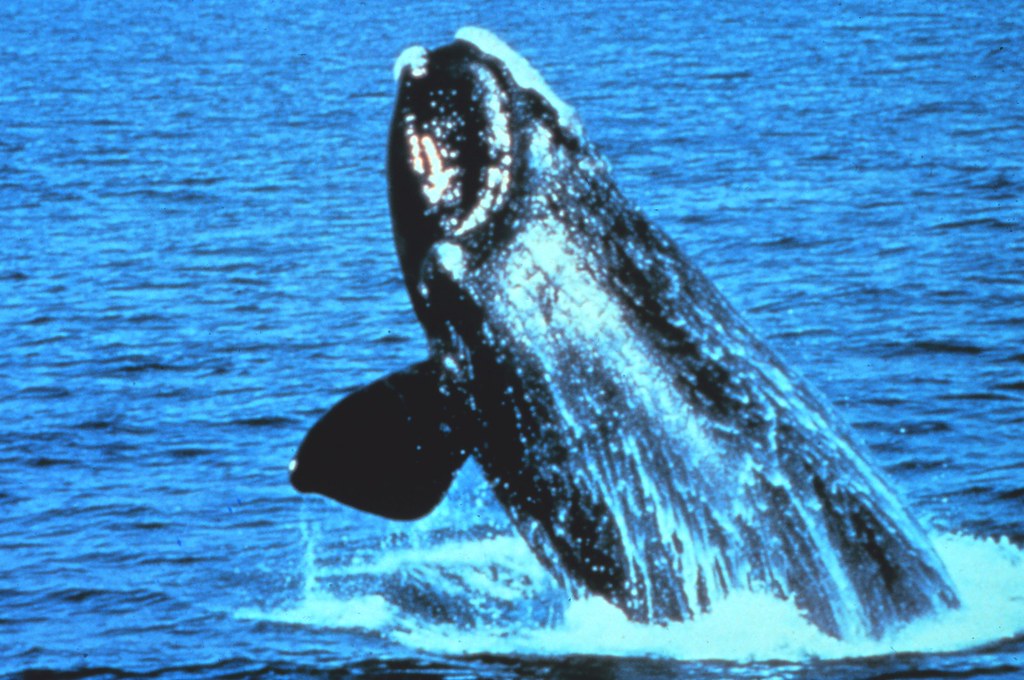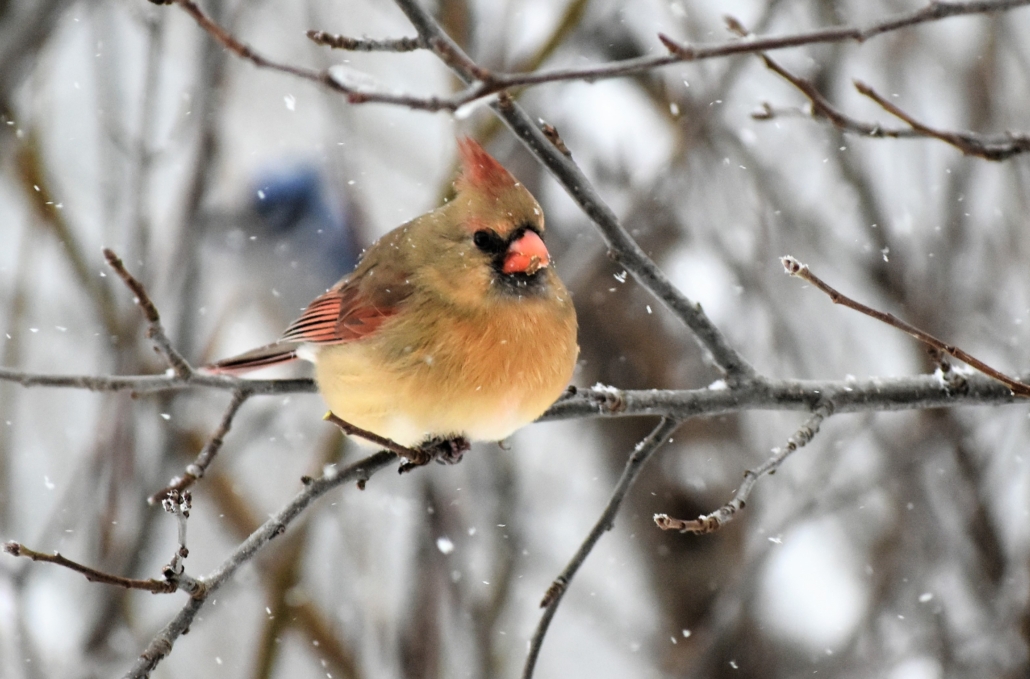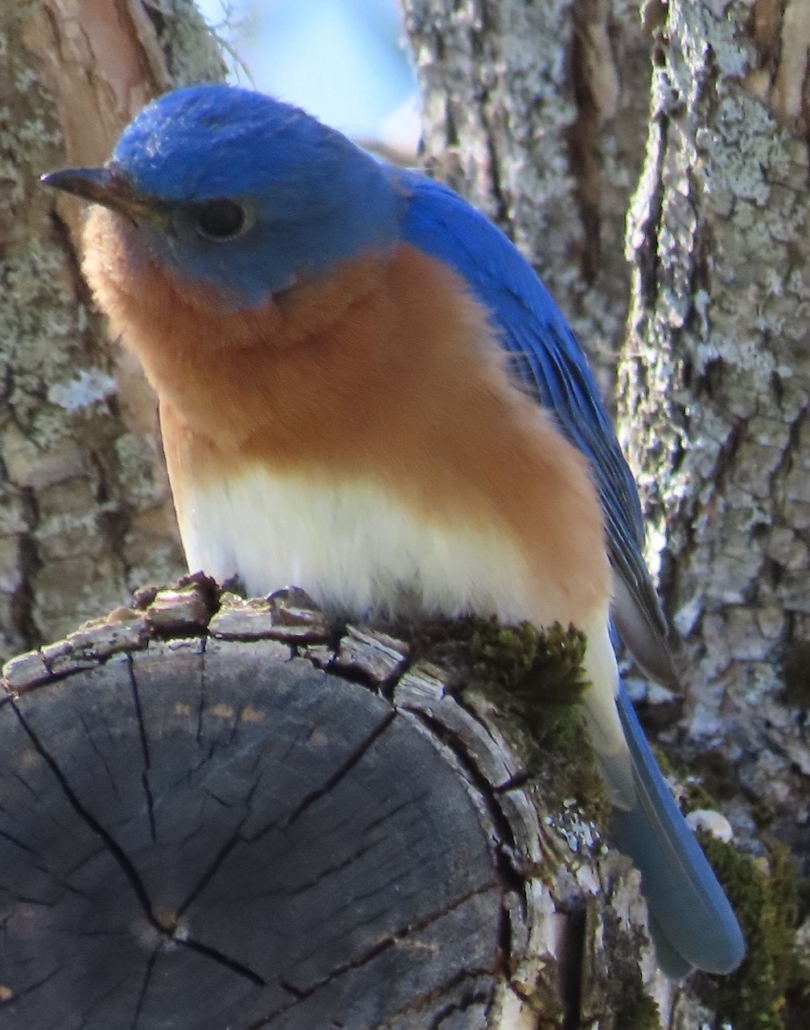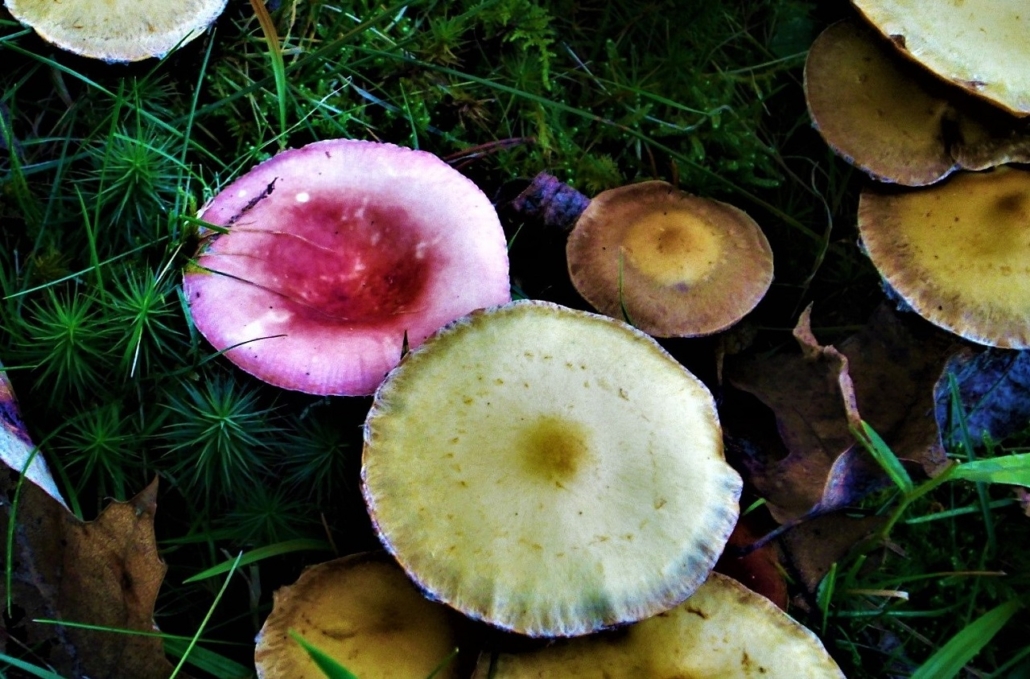SMALL SPACE GARDENING: Enjoy your garden after dark with landscape lighting

 by Melinda Myers
by Melinda Myers
Enjoy your garden and landscape once the sun sets with strategically placed and attractive landscape lighting. Select the best type of light that complements your garden design and best accomplishes the intended purpose.
Solar powered lighting eliminates the need for outdoor outlets, extension cords or buried low voltage lines. The solar panels charge during sunny days and can be mounted on the light or on a long cord, allowing you to place the solar panel where it gets the most sunlight. Some lights turn on automatically at dusk, others have a manual on-off switch, and a few have a remote on-off control.
Votive and pillar candles are longtime favorites. Set them in a container on the table or line a pathway. Unfortunately, the wax does drip, there is a danger of fire, and the flame can blow out in a strong breeze.
Consider using battery-operated candles instead. These look and flicker like the real thing and eliminate some of the problems and dangers of candles. Look for those with remote controls or timers to make lighting your space hassle-free.
Use these battery-operated candles in decorative holders like the Dahlia Blossom Punched Metal Lanterns (gardeners.com). You’ll enjoy the copper cut lanterns as garden art by day and the intricate light pattern they cast at night.
Pot up your favorite flowers and tropical and edible plants in solar illuminated planters. Luminous solar-powered planters are frosted white by day and can be programmed to display one color or set for color-changing mode. These pots have a ten-foot cord, allowing you to place the pots where the plants will thrive and connecting it to its solar panel in a sunny spot nearby.
Solar torch lights have flickering lights that create a realistic look while lighting a pathway or sitting area. Use one to highlight a special spot in your garden or several to light a pathway, patio or larger space when entertaining.
Prevent trips and falls while also boosting safe access to your favorite outdoor spaces by lighting steps as well as pathways. Look for solar powered lights like Maxsa Solar Ninja Stars that can be mounted on steps, the ground, deck, wall, or other flat surfaces. The integrated solar panels come with a rechargeable battery.
Add overhead glow to patios, decks, or balconies with string lights. They come in a variety of styles to light up larger spaces or highlight your favorite tree. Multicolored waterdrop string lights will add a festive look to any space. Luminites® Solar String Lights feature Edison bulbs that provide six to eight hours of steady or gently flashing modes.
Add some fun, personality or added interest with specialty lights. Outdoor lights like the Twinklelite™ Solar Stake Lights have flexible branches covered with 120 LED bulbs. Twist and bend the branches to accomplish the look you desire. Then wait for the lights to turn on automatically at dusk.
Add some landscape lighting to help you enjoy quiet moments or festive gatherings in your gardens after dark. Select the best lighting options that are easy to use, complement your design and provide the needed lighting in your landscape.
Melinda Myers is the author of more than 20 gardening books, and contributing editor for Birds & Blooms magazine and was commissioned by Gardener’s Supply for her expertise to write this article. Her web site is www.MelindaMyers.com.


 Built with industry-leading AI technology, Mintal Tracker is able to detect sleep apnea—no wearable devices needed.
Built with industry-leading AI technology, Mintal Tracker is able to detect sleep apnea—no wearable devices needed.













